Cuba year 2018 – Horses complete set stamps MNH(**)
Cuba has a rich equestrian tradition, and horses play an important role in various aspects of Cuban culture, including sports, agriculture, and transportation. Cuban horses, known for their strength, agility, and versatility, have been bred and utilized for centuries.
In Cuban history, horses were crucial for transportation, agriculture, and military purposes. During the colonial period, Spanish settlers brought horses to the island, and they became essential for travel, working on plantations, and as cavalry mounts. Even after the end of Spanish colonial rule, horses remained integral to Cuban life.
Today, horses continue to be valued in Cuba, particularly in rural areas where they are used for agricultural work, such as plowing fields and hauling goods. Additionally, horses are popular in equestrian sports, including show jumping, dressage, and rodeo-style events. Cuban horsemen and women participate in local and national competitions, showcasing their skills and horsemanship.
Furthermore, horseback riding is enjoyed by many Cubans and tourists alike as a recreational activity. Guided horseback tours are available in various parts of the island, allowing riders to explore Cuba’s diverse landscapes, including beaches, forests, and mountains, from a unique perspective.
In Cuban art and culture, horses are often depicted as symbols of strength, freedom, and national identity. Paintings, sculptures, and other artworks featuring horses can be found throughout the country, reflecting the enduring significance of these majestic animals in Cuban society.

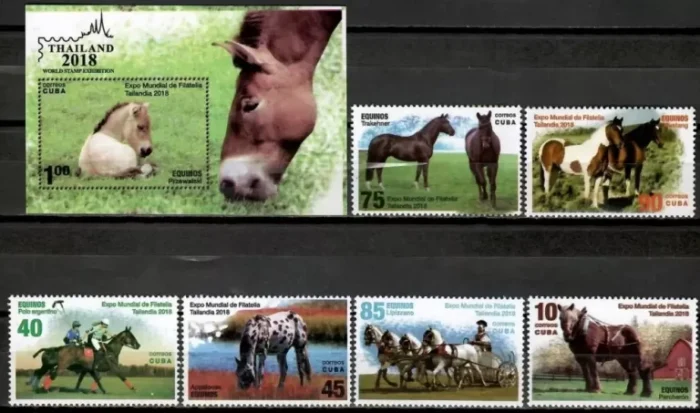
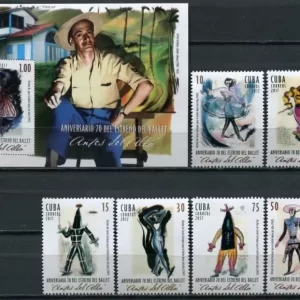



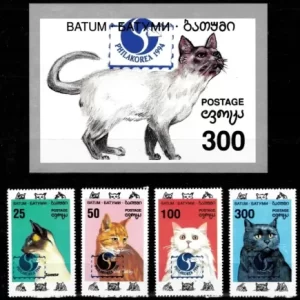
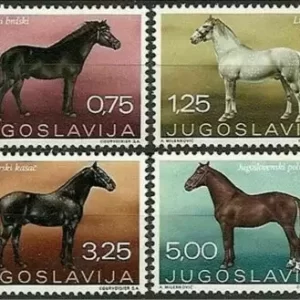
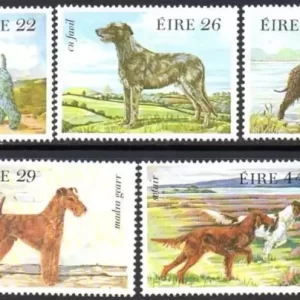
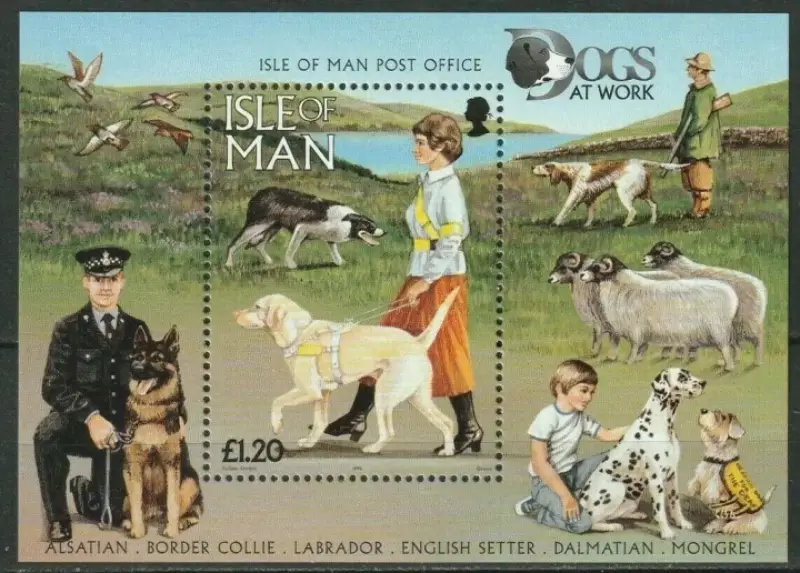


Reviews
There are no reviews yet.